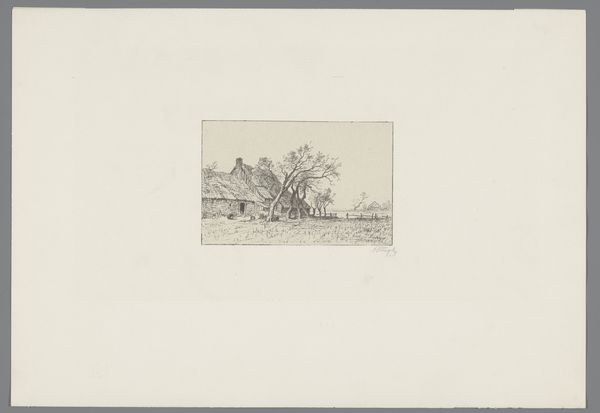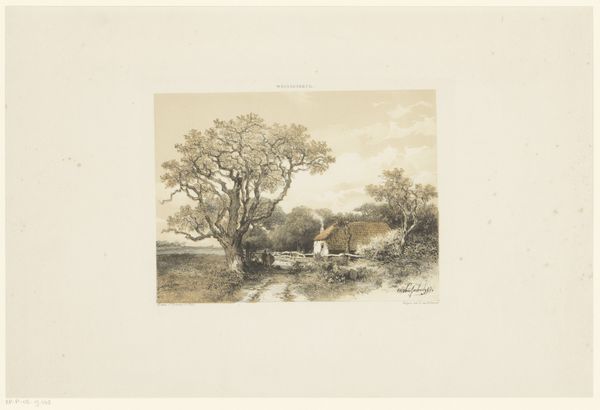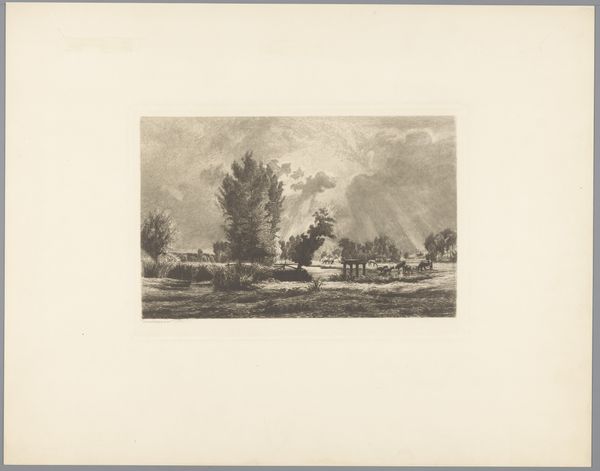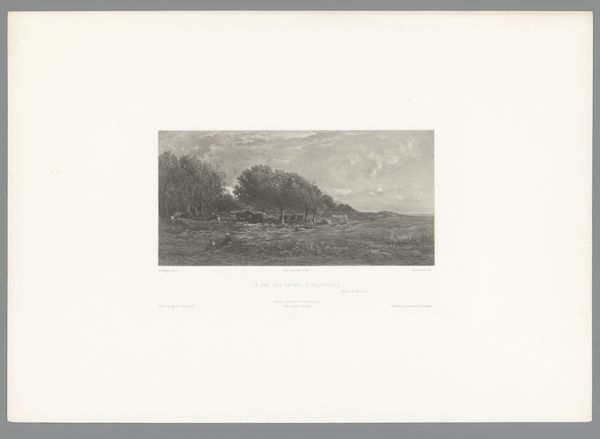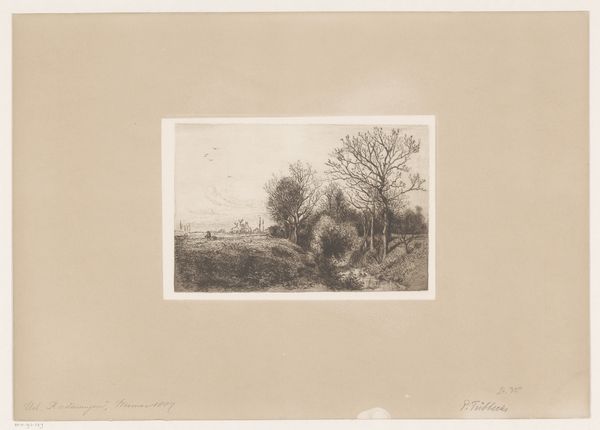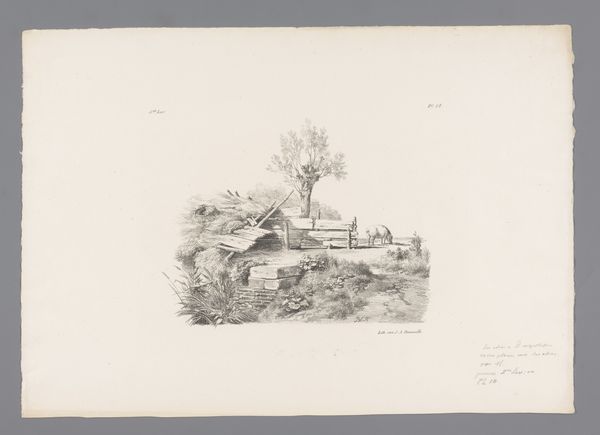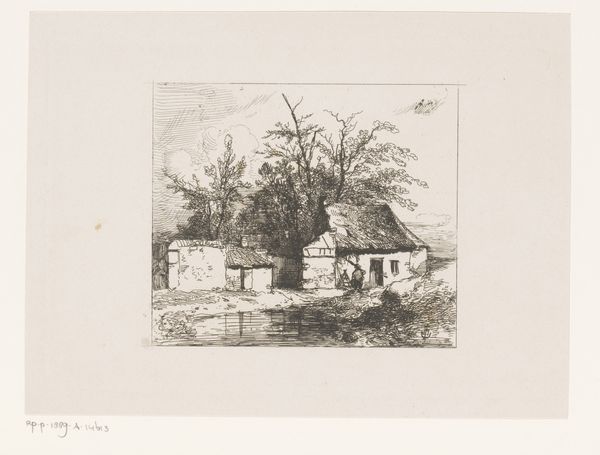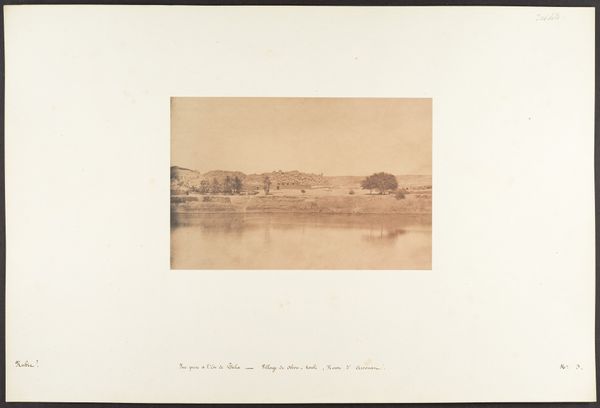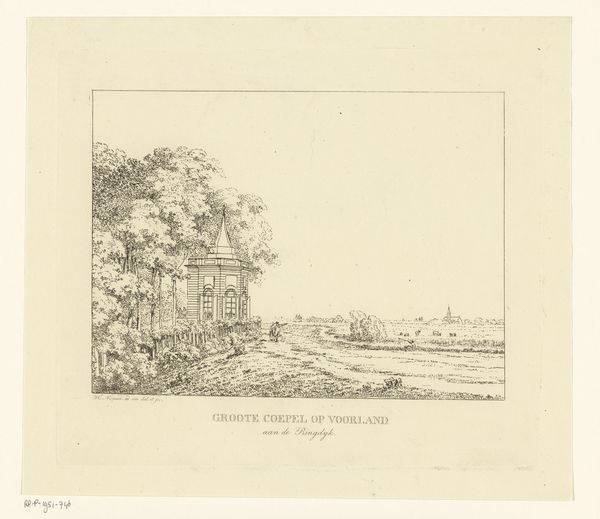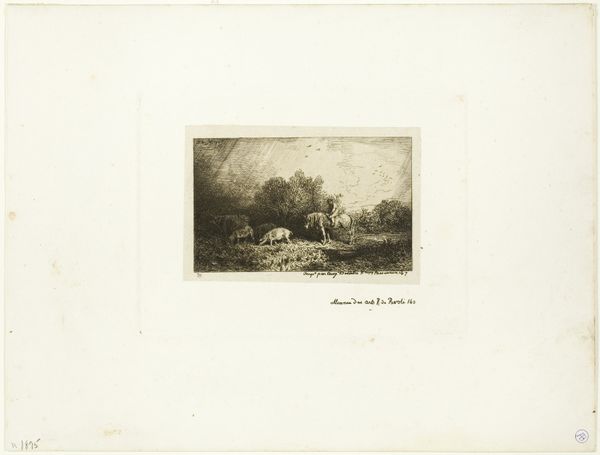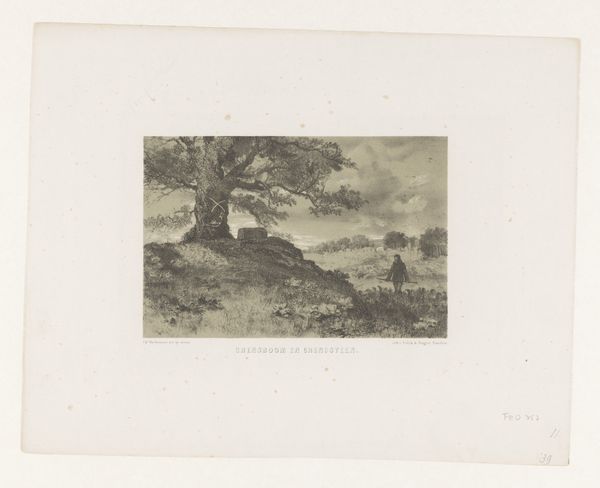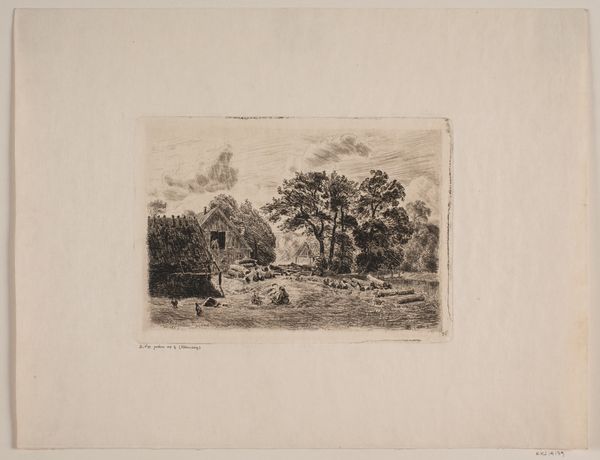
daguerreotype, photography, architecture
landscape
daguerreotype
photography
ancient-mediterranean
orientalism
architecture
Dimensions: Image: 6 3/16 in. × 8 in. (15.7 × 20.3 cm) Mount: 12 5/16 × 18 11/16 in. (31.2 × 47.5 cm)
Copyright: Public Domain
Editor: Here we have Maxime Du Camp’s "Ruines d'un Arc-de-triomphe Romain, à Philae," a daguerreotype from 1850. There’s a certain haunting quality to seeing these Roman ruins in what appears to be such a desolate landscape. What strikes you most about this piece? Curator: It's fascinating how this image intersects with the history of photography and the history of colonial ambitions. Du Camp was on a photographic expedition to Egypt with Gustave Flaubert, commissioned by the French government. How does this context alter our interpretation, do you think? Editor: It adds another layer, doesn't it? The 'objective' eye of the camera becomes a tool of empire, documenting and, in a way, claiming these ancient sites. Is this photographic capture a kind of cultural appropriation? Curator: Precisely. These early photographs contributed to the Western understanding—and perhaps misunderstanding—of the East. What's also key here is the medium, the daguerreotype. It was seen as scientific, accurate. But is any image truly neutral? Editor: It’s like the photograph is both a record and a statement of power. Thinking about how it might have been received by audiences back in France is very insightful, especially the implications of claiming ownership of this space, Curator: And think about who *wasn’t* in the audience for this. Consider the disempowerment of the Egyptian people at the time. Early photography, in this context, becomes less about art and more about the politics of seeing. It’s about who gets to look and who is being looked at. Editor: This gives me so much to consider - that it is much more than simply ruins of a past civilization, and that is wrapped up in layers of historical and social context. Curator: Absolutely. Hopefully, these types of works push us to critically engage with the visual narratives we encounter daily.
Comments
No comments
Be the first to comment and join the conversation on the ultimate creative platform.
